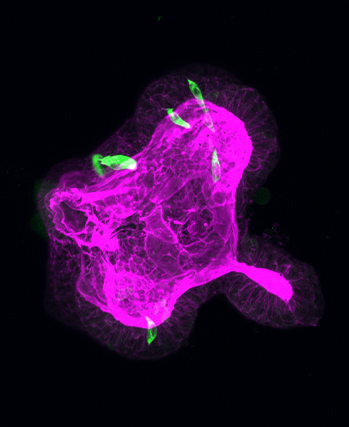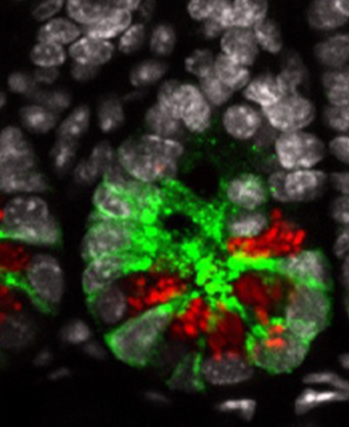The ability to respond to injury with tissue repair is a fundamental property of all multicellular organisms. The extracellular matrix (ECM), composed of fibrillar collagens as well as several other components, is dysregulated during the repair of many organs. In many tissues, scaring results when the balance is lost between ECM synthesis and degradation. Investigating what disrupts this balance and what effect this can have on tissue function remains an active area of research. Recent advances in the imaging of fibrillar collagen using second harmonic generation (SHG) imaging have proven useful in enhancing our understanding of the supramolecular changes that occur during scar formation and disease progression. In this work we review the physical properties of SHG, and the current nonlinear optical microscopy imaging (NLOM) systems that are used for SHG imaging. We provide information about studies that have used SHG in skin, lung, cardiovascular, tendon and ligaments, and eye tissue to understand alterations in fibrillar collagens in scar tissue. Lastly, we discuss the current methods of image analysis that are used to extract important information about the role of fibrillar collagens in scar formation.
Visualizing scar tissue with optical microscopy: what is happening with collagen fibers?
Research Area: Disease Biology, Tissue Microstructure, Biophotonics and Image Analysis
Authors: Leila Mostaço-Guidolin ,Nicole L. Rosin, Tillie-Louise Hackett

Related Articles

Publication
BMP signaling in the intestinal epithelium drives a critical feedback loop to restrain IL-13-driven tuft cell hyperplasia
Although Helminth infections are prevalent throughout the world, they are particular a health...

Publication
LSD1 represses a neonatal/reparative gene program in adult intestinal epithelium
After birth, the epithelium that lines our gut transitions (or matures) so that it can deal...
Publication
Targeting mRNA binding proteins to respond to stress responses
The paper establishes the phosphorylation of heterogeneous nuclear ribonucleoprotein A1...